By Daniela Sperotto
Bathrooms are by the very nature of their intended use exposed to constant water and moisture. “If this moisture is not adequately contained, adjoining walls, cupboards and floors stand the risk of getting damaged. Therefore all your time and effort spent on redecorating will also be wasted if your surface preparation is not thorough,” explains Dawn Eastes of Jack’s Paint and Hardware.
Being constantly exposed to moisture and steam, bathrooms are prone to a number of problems. “This exposure,” explains Mpume Mlalazi, the R&D product development manager of Dulux South Africa, “leaves bathroom walls susceptible to microbial growth and decay which then presents itself in the form of mould growth and mildew around bathroom surfaces”. With different types of mould, ranging from harmless to toxic, seeing to the treatment of your walls prior to applying any wallcovering is key to ensuring not only its longevity but also the safety of the overall area.
There are several products to treat wall surfaces before redecorating. Therefore it is advisable to consult your nearest hardware specialist, advises Pieter Ackerman from Versus Paint and Wall Coating Specialists. This will not only help you understand how to use the product, but will also assist in perhaps finding something that may be better suited to you.
Whether it is for paint, tiles, natural stone, damp proofing, a mould resistant barrier, a simple sealant or just a primer, seeking the advice of a professional is always the best starting point.
The quality of your wall will ultimately determine the kind of treatment you will need before embarking on the final touches for your bathroom.
Start at the beginning
When attending to your bathroom walls, start with the smaller problems and then go onto the larger issues that a bathroom may have. Many rooms may only have a few small imperfections and cracks that can be easily filled and repaired with the appropriate filler.
Make sure to allow the product to dry for the designated time before anything is applied over it to prevent any further damage.
For more serious issues such as mould and damp, together with good ventilation, an appropriate barrier needs to be purchased. “In specific areas where moisture and damp are prominent, it is important to find the source of the problem,” advises Mpume. If the source is not eliminated the problem will just keep arising and damaging any wallcovering that is put over the area.
Once the water damage has been sorted out, Claire Bond, from Plascon Spaces Showroom in the Design Quarter, suggests it is best to remove any paint completely back to the bare substrate, removing any loose material and then to replaster if necessary. This will give you a fresh new wall to start with that can then be easily painted.
As with paint, when tiling, bathroom walls need special care if there are any issues with the walls. This will prevent tiles from coming loose due to the steam and moisture in the bathroom, advises Kate van Niekerk from Tile Africa.
Tiling may need a bit more attention to ensure that nothing builds up between the wall and the tile, but if done right, you can have years of hassle-free pleasure. If the wall is originally painted, Kate recommends stripping the walls completely and making sure they are completely clean of any debris.
She then recommends applying a primer or bonding liquid. “Correct surface preparation is essential to ensure a successful installation. Existing paint or gypsum skimcoats (rhinolite) must be in good conditions and firmly attached to the substrate. The surface must also be thoroughly chipped to expose at least 80% of the underlying render (plaster), which must be in good condition, firm and sound. Clean the wall to remove all traces of dust and loose particles, and then use a good quality primer before applying the tile adhesive,” advises Kate.
Finally Dawn also recommends a good wipe down with a proprietary wall cleaner, even if your wall surfaces are damp free and sound in all ways. This will ensure that any wallcovering can be applied smoothly, which will ultimately provide you with a bathroom revamp that goes exactly to plan.


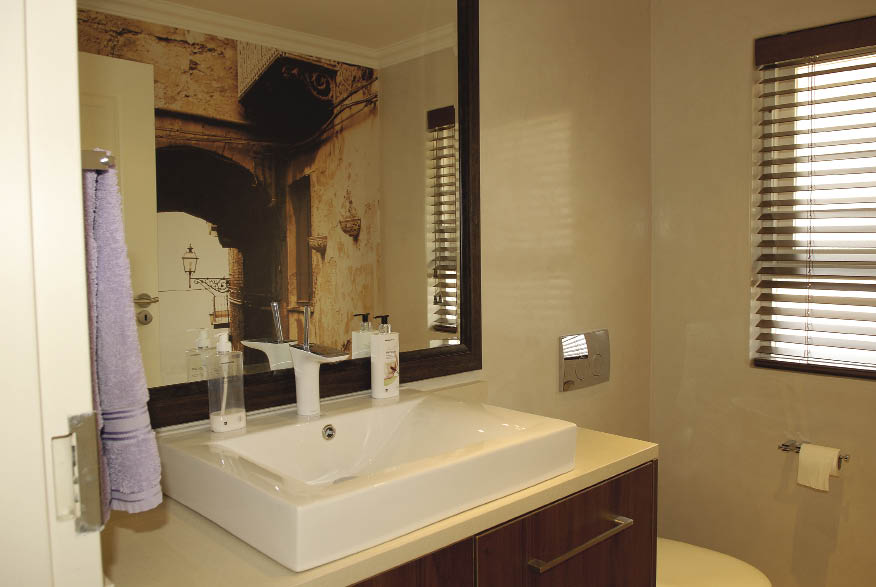





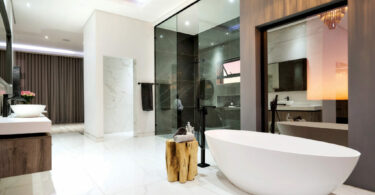
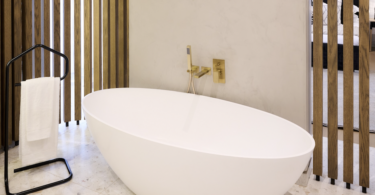
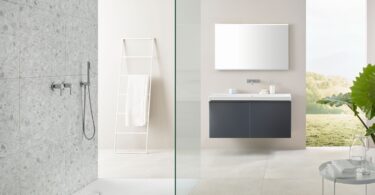

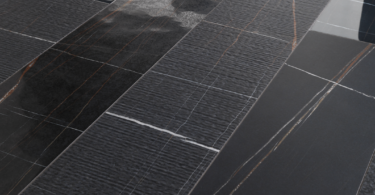
Leave a Comment